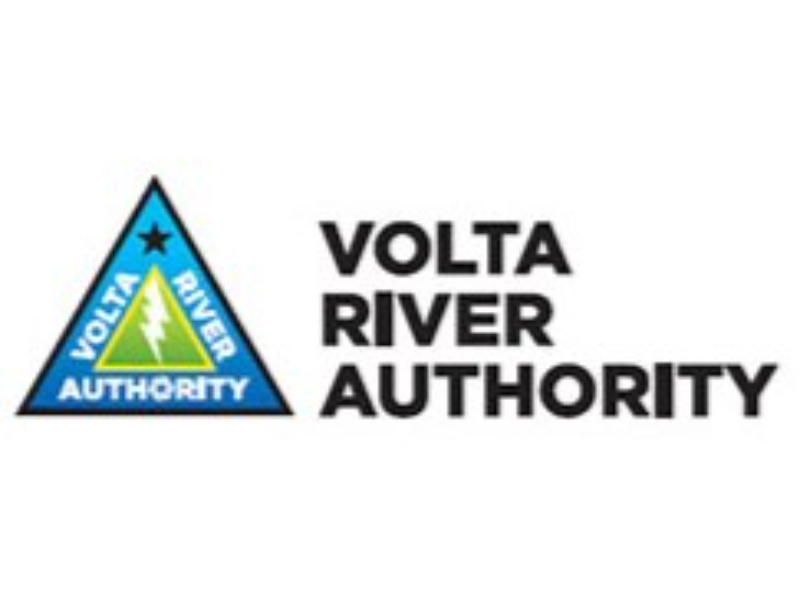- Volta River Authority, established in 1961, originally handled generation, transmission, and distribution, but now focuses on generation post-2005 reforms, fostering IPPs and splitting functions.
- VRA manages 2,547MW capacity, integrating hydro, gas, and renewables, and leads regional cooperation through WAGP and WAPP, enhancing access and affordability across West Africa.
Diversified power generation: From hydro to renewables
Over the years, Volta River Authority has diversified its power generation portfolio to incorporate a wide array of sustainable energy sources, including hydroelectricity, natural gas, and renewables. The Authority manages a total installed capacity of 2,547MW, featuring prominent hydro plants at Akosombo and Kpong, along with several thermal plants strategically located across the country. In recent years, the VRA has expanded its renewable energy footprint with solar projects in Navrongo, Lawra, and Kaleo, reflecting a commitment to clean energy and environmental sustainability.
Innovating for the future: Expanding and modernising facilities
The VRA is continually pushing the boundaries of innovation, with plans to modernise existing facilities and expand into new territories. The Authority is exploring the re-powering of the T3 Plant at Takoradi and converting the Kpone Thermal Power Plant into a combined cycle facility. Additionally, the VRA is forging ahead with its Renewable Energy Development Programme, targeting significant solar and wind power capacities. Notable among these efforts is the installation of rooftop solar photovoltaics at the Electro-Volta House headquarters, aiming to reduce electricity consumption and costs.
Sub-regional leadership and collaboration
Beyond its national responsibilities, the VRA plays a critical role in regional energy cooperation. As a foundation customer in the West Africa Gas Pipeline (WAGP), the VRA ensures its competitiveness in power delivery across the subregion. The Authority collaborates closely with the West African Power Pool (WAPP) to enhance the accessibility, availability, and affordability of electricity throughout West Africa. The VRA’s involvement extends to initiatives such as the Pwalugu Multipurpose Dam Project, which not only boosts power supply but also supports agricultural productivity and flood mitigation in the Volta Basin.
About Volta River Authority
Established on April 26, 1961, under the Volta River Development Act, Act 46, the Volta River Authority (VRA) began its journey as the guardian of Ghana’s power generation, transmission, and distribution. However, the Ghana Government Power Sector Reforms in 2005 brought significant changes, narrowing the VRA’s focus to power generation alone. This pivotal reform paved the way for Independent Power Producers (IPPs) to enter the market, fostering a more competitive energy sector. The creation of GRIDCo for transmission and the evolution of the Northern Electricity Department into NEDCo marked the beginning of a new era for the VRA.

